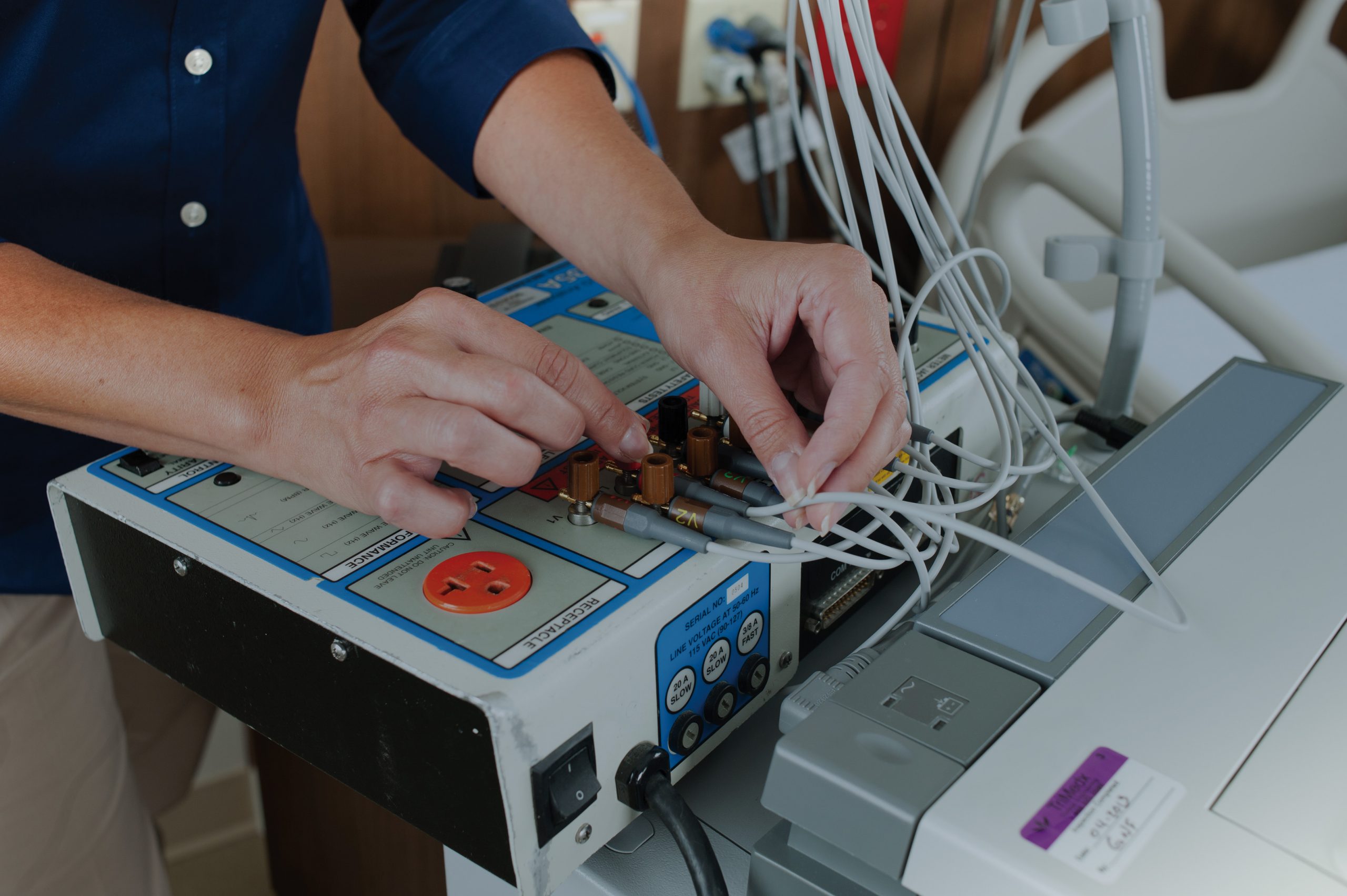The Right to Repair debate has been occurring for decades with increasing numbers of Independent Service Organizations (ISOs) and Original Equipment Manufacturers (OEMs) having much at stake for legislative outcomes. What started as a movement geared toward the ability to repair one’s own appliances or electronics has spread into larger sectors of industry including big agriculture like John Deere, consumer devices such as iPhones and, most importantly, medical devices.
As consumers and healthcare organizations continue to acquire products from these industries and utilize them daily, the repetitive use of these products—inherently over time—requires repairs and updates to maintain proper, and safe, functionality. This is where it is crucial to have the choice on how to repair, whether it’s with the OEM or ISO.
While debates have ensued over Right to Repair rules, the Federal Trade Commission (FTC) recently published its long-awaited report on how manufacturers limit repairs. The “Nixing the Fix” report details a host of repair restrictions within various industries, including the medical industry, and states that manufacturer justifications for consumer repair restrictions have “scant evidence” to support them.
In addition, several pieces of legislation regarding Right to Repair have recently been introduced in various states with some making significant progress. But still, obstacles are making it difficult for healthcare systems to properly advocate for the health and safety of their patients and removing their ability to choose what’s best for the maintenance and management of their critical medical equipment creates further challenges and risks to patient safety and consumers freedom of choice.
By preventing fully capable, on-site biomeds from fixing medical equipment as soon as it breaks, manufacturers are doing a disservice to a wide variety of patients dependent on safe and properly functioning medical equipment with as little unplanned downtime as possible. A 2018 FDA report even found that “availability of third-party entities to service and repair medical devices is critical to the functioning of the U.S. healthcare system.”
While opponents of Right to Repair cite concerns over quality control measures and ongoing patient safety, the 2018 FDA report—as part of a year-long study—concluded that third-party ISOs “provide high quality, safe and effective servicing of medical devices.”
At its core, Right to Repair equally benefits all industry participants by ensuring fair access to tools, software keys and manuals that are withheld by some manufacturers. It gives hospitals the right to determine the best path forward for their critical medical devices.
A marketplace that encourages equipment owners, operators, their chosen service providers and OEMs to work openly and collaboratively to further advance quality outcomes and decrease costs is one that will present the best opportunity for optimization, innovation and continued advancements in the delivery of safe patient health care.
